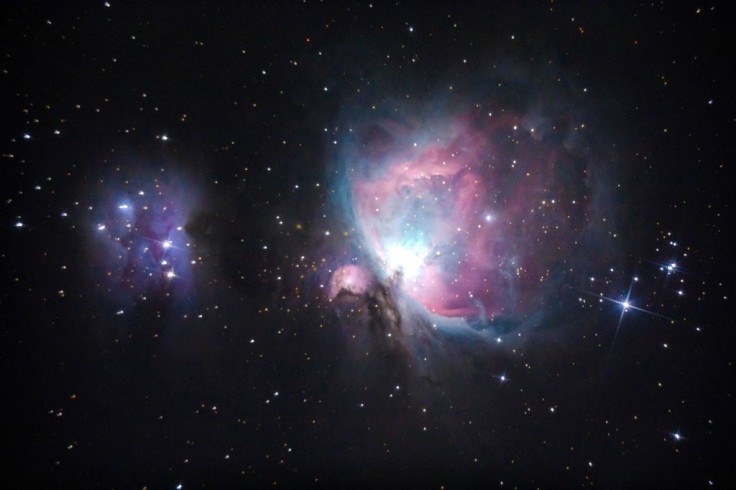
The NASA Hubble space telescope recently showed off amazing pictures of galaxies and stars. Researchers analyzed the galaxy NGC 5728 and shared findings that stunned both science and technology experts.
The Hubble space telescope is arguably the most iconic and powerful astronomical observatory launched to Earth's orbit. It first came out in 1990 and remains in operation up to date. Also, note that Hubble is renowned for its advanced and versatile technology, both being essential for its amazing space observation capabilities.
It comes as no surprise that Hubble snapped yet another beautiful galaxy photo.
NASA Hubble Images: NGC 5728 the Spiral Galaxy
Hubble recently tweeted a galaxy that "more than meets the eye." The NGC 5728 is a spiral galaxy approximately 130 million light-years away from Earth. It appears as an elegant and luminous disc with a core.
This galaxy is more than meets the eye… 👁️
— Hubble (@NASAHubble) October 1, 2021
Seen in infrared and visible light, the galaxy NGC 5728 has an elegant appearance in this #HubbleFriday view.
But it’s really a Seyfert galaxy, an energetic class of galaxies known as active galactic nuclei: https://t.co/BhQOSUVY8H pic.twitter.com/NpvYnzYHox
NASA explained that NGC 5728 is actually a "monumentally energetic type of galaxy" called Seyfert galaxy. Seyfert galaxies are different from other active galactic nuclei (AGNs) because their galaxy is clearly visible and observable. For reference, other AGNs, such as quasars, emit so much radiation that it is nearly impossible to observe.
Hubble achieved the impossible using its Wide Field Camera 3 (WFC3), which is extremely sensitive to infrared and visible light. The powerful camera captured the regions of NGC 5729 that are emitting lights at the proper wavelength.
The key takeaway is the galaxy's center and active core. Researchers were fascinated to know that the galaxy's center must be emitting vast amounts of light in different parts of an electromagnetic spectrum that WFC3 is not sensitive to.
NASA theorized that NGC 5728's core must be emitting visible and infrared light recognizable to Hubble. Unfortunately, it might also be blocked by the dust surrounding the core. This creates the abstract but brilliant white core in the middle of the image.
Read Also : NASA Hubble Telescope Found Heaven! Milky Way Star Cluster Captured in Enchanting Images
NASA Hubble Space Discovery: Jupiter's Red Spot Is Accelerating
Earlier this week, Hubble also made another interesting discovery on Jupiter's surface. Its Great Red Spot, the biggest solar storm with a diameter of 10,000 miles across, is revealed to be accelerating.
Hubble conducted its regular storm reports over the "king" of solar system storms when NASA researchers spotted something weird. Analysts compared Hubble data between 2009 and 2020 and discovered faster wind patterns on the latter image.
NASA said the Great Red Spot is traveling at speeds exceeding 400 miles per hour. There might be even more changes in the coming years. Researchers immediately tagged Jupiter for research and careful observation.
These are only some of the many amazing discoveries that Hubble has made. Space fans and researchers are now anticipating the deployment of its much more advanced successor, the James Webb Space Telescope. NASA teased a launch date for the telescope sometime in December.









